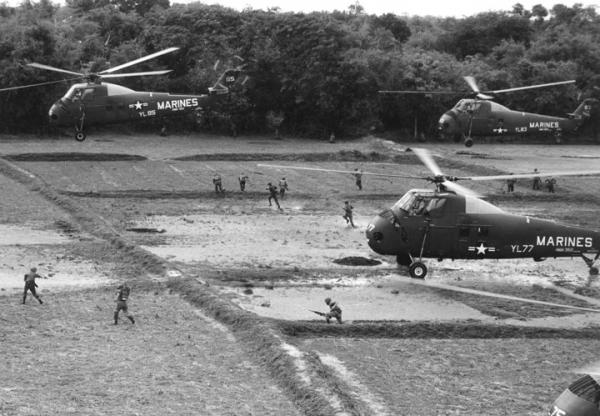
A Vital Concept Refined: Marines and the Helicopter
Naval History, December 2012 The helicopter revealed its potential in Korea. As the Marine Corps honed close air support in…
Copyright 2024 U.S. Naval Institute. All Rights Reserved.